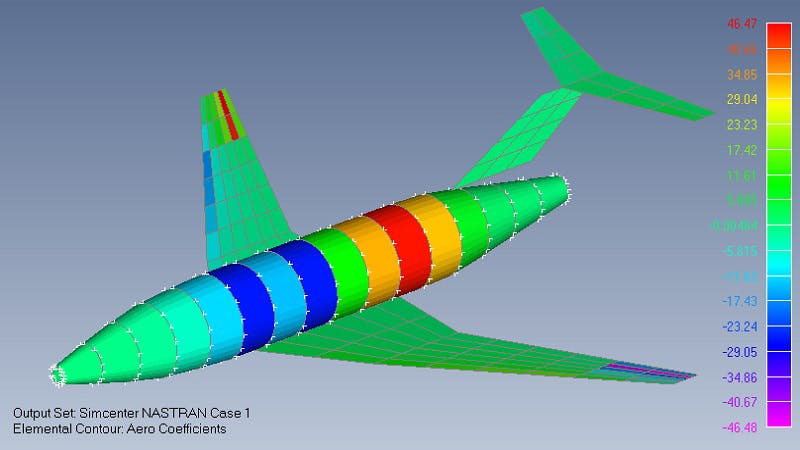Each time an FE model is solved, it can help create a vast amount of results data. The ability to process the data and quickly gain an understanding of the model behavior is important for a fast analysis turnaround.
The postprocessor should therefore allow full control of results selection and include a robust and varied set of tools to manage and display results, while at the same time facilitate easy comprehension of the data. Results viewing becomes more complex with highly idealized models, so the postprocessing tools should provide the ability to easily view appropriate results quantities on shell and beam elements.
In this webinar, our experts will highlight best practices for reviewing simulation results.
You will learn:
- Display the deformation of a model’s nodes in order to understand how the shape of the model is changing due to the applied loads and boundary conditions.
- Interact with results using the Postprocessing Toolbox to set display options for deformations and beam diagrams as well as contour, criteria, and arrow plots.
- Use the Model Info tree to quickly display results from a completed analysis and create enveloped results sets containing the maximum value for each node or element based on any number of output sets.
- Explore the Freebody tool in Postprocessing Toolbox which displays free body diagrams of calculated forces and moments based on user-specified contributions.
